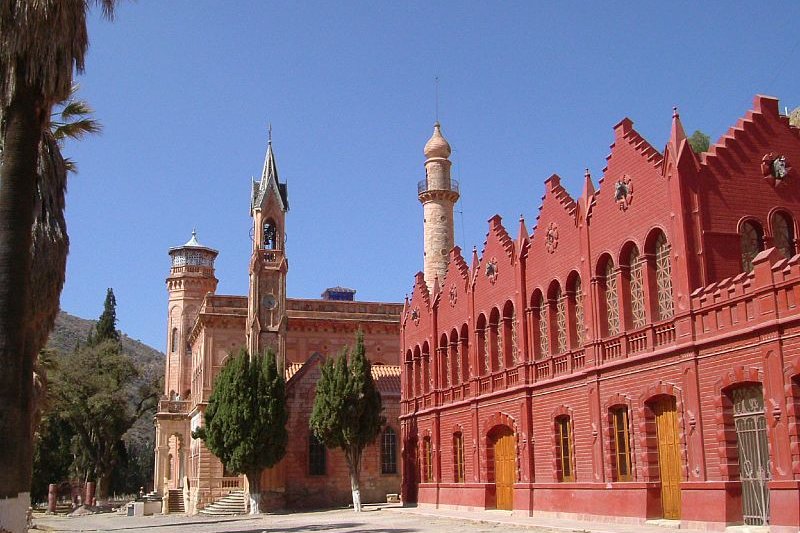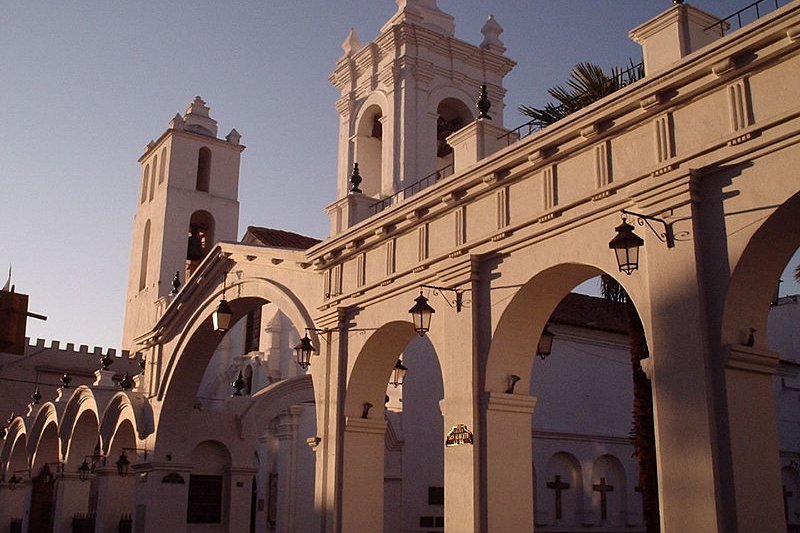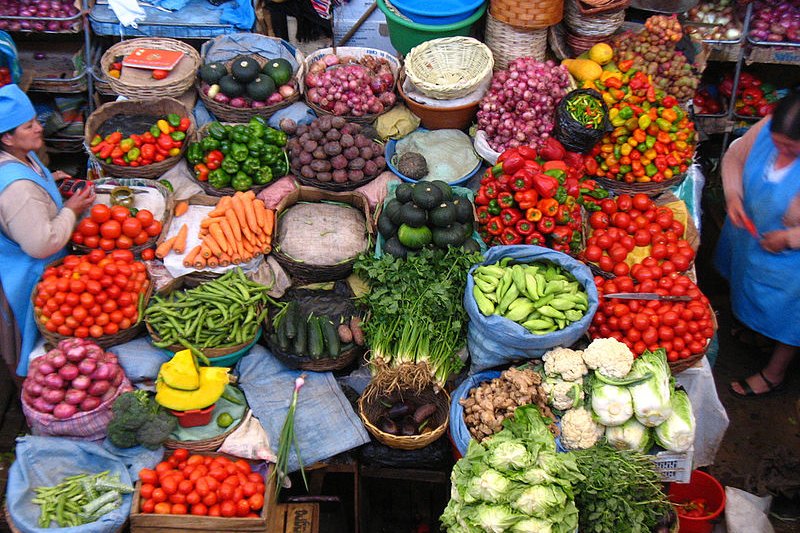
 Castillo del Principado de La Glorieta, Sucre
Castillo del Principado de La Glorieta, SucreSource: https://commons.wikimedia.org/wiki/File:Castillo_del_Principado_de_La_Glorieta_Sucre_Bolivia.jpg
Author: Jerry Daykin

Sucre is a city in Chuquisaca department, Bolivia. Located 2,750 m (9,022 ft) above sea level, it has a population of 225,000 people (2011 estimate).
Sucre was founded in 1538 and was originally called Ciudad de la Plata de la Nueva Toledo. At that time, it was part of the Viceroyalty of Peru. The old city was designed in a grid pattern in keeping with cities in the Andalusian region of Spain. Sucre became the seat of the Roman Catholic church in Bolivia, and has a high proportion of monks and nuns within its population.
Today the historic center of Sucre holds many houses and buildings from the colonial era. These have been well preserved, enabling the city to be recognized as a World Heritage Site in 1991, under the title of Historic City of Sucre.
The city of Sucre was originally called La Plata. The site was a Charcas Indian settlement. The Indians called it Chuquisaca. The Spaniards designed a city with checkerboard-patterned streets, similar to all the cities established by the Spanished in the Americas in the 16th century.
Proximity to the silver mining town of Potosi also greatly benefited La Plata. Major cultural institutions established here include the Universidad de San Francisco Javier in 1624, the Real Academia Carolina, a law institution, and the San Isabel de Hungria Seminario in 1595. The Charcas Audiencia, which was the early incarnation of the Supreme Court, was also established in Sucre.
 Basilica de San Francisco, Sucre, Bolivia
Basilica de San Francisco, Sucre, BoliviaSource: https://commons.wikimedia.org/wiki/File:Sucre_downtown.jpg
Author: Vico ricab

The buildings within the historic centre of Sucre were built in the 18th century, and they share similar architectural style to those in Potosi. The structures from the late 18th to the early 19th centuries are adaptations of the Neoclassical style of metropolitan Spain at that time.
World Heritage Site Inscription Details
Location: S 19 02 35 W 65 15 33Inscription Year: 1991
Type of Site: Cultural
Inscription Criteria: IV Due partly to the UNESCO recognition, Sucre has become a popular tourist destination. Perhaps the most colorful time to visit Sucre is in March, when the city nstages the Pujllay Festival. This is a time when tourists get to see the natives dressed in their indigenous costumes, as they come out to celebrate the festival.
Visiting Sucre
There aren't any flights to Sucre since the national carrier went out of operation. So the most practical way to reach Sucre presently is to take a bus. There are buses from all major cities in Bolivia. Vegetables at the market in Sucre
Vegetables at the market in SucreSource: https://commons.wikimedia.org/wiki/File:Mercado_en_la_ciudad_de_Sucre_Bolivia.jpg
Author: Cristian Ordenes

Sights & Attractions in Sucre
- Cal Orkco
These are fossilized footprints of dinosaurs discovered in a cement quarry. The prints made on a surface what was originally a lake floor. - Casa de la Libertad
This was once a convent. Its chapel was the site where Bolivia's independence was declared on 25 May, 1825. Today the convent and its chapel have been made historic monuments and turned into a museum.
 Latest updates on Penang Travel Tips
Latest updates on Penang Travel Tips
About this website

Dear visitor, thank you so much for reading this page. My name is Timothy Tye and my hobby is to find out about places, write about them and share the information with you on this website. I have been writing this site since 5 January 2003. Originally (from 2003 until 2009, the site was called AsiaExplorers. I changed the name to Penang Travel Tips in 2009, even though I describe more than just Penang but everywhere I go (I often need to tell people that "Penang Travel Tips" is not just information about Penang, but information written in Penang), especially places in Malaysia and Singapore, and in all the years since 2003, I have described over 20,000 places.
While I try my best to provide you information as accurate as I can get it to be, I do apologize for any errors and for outdated information which I am unaware. Nevertheless, I hope that what I have described here will be useful to you.
To get to know me better, do follow me on Facebook!
Copyright © 2003-2025 Timothy Tye. All Rights Reserved.

 Go Back
Go Back